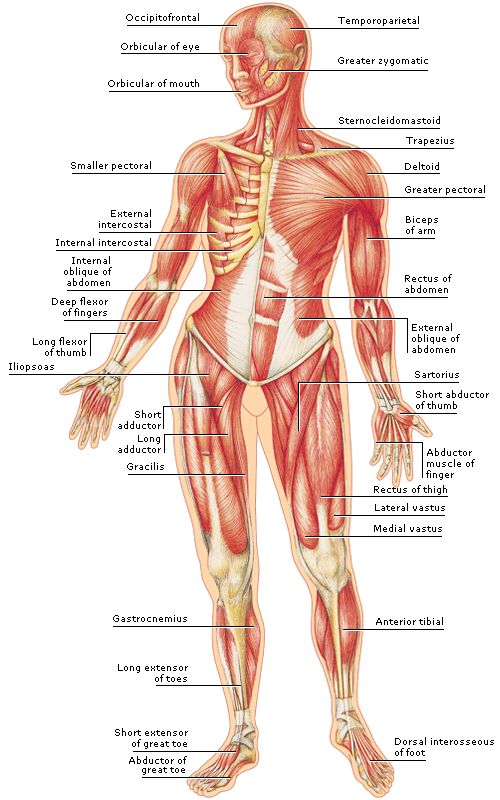Muscles Can Only Pull !
Mar 17, 2019 • 2 views

image credit: pinterest.com
Muscle is a soft tissue found in most of the animal. While bones provide framework to our body, muscles are required for their proper movement. Providing locomotion and changing body postures are some of their macro functions whereas maintaining proper flow of blood through contraction a relaxation of heart are some internal functions.
Muscles are classified into three categories:
·Cardiac Muscle- These are responsible for the blood flow inside the heart. They contract and relax rhythmically to pump blood throughout the body.
·Skeletal Muscle-These are attached to our skeleton. For example- biceps and triceps.
·Visceral Muscle- These are responsible for the movement of food.
Both Cardiac muscles and visceral muscles are involuntary whereas the skeletal muscles are voluntary i.e. we can control their actions.
We shall talk about skeletal muscles because we can control that only!
So how do they perform their action?
Generally, muscles are made up of different fibers called muscle fibers. And those fibers are made up of muscles cells which are basically strands of protein. No wonder a body builder’s lifeline is supplementary proteins! So, voluntary muscles are connected with cerebral motor cortex and the cerebellum. Whenever we decide to move, our cortex sends an electrical impulse through our spinal cords and connecting nerves and that muscle gets activated. The speed of electrical is said to be 1% of the speed of light but that’s enough for our muscles to respond in a thousandth of a second!
Muscles only pull! Really?
While doing bench press we often think that while lying on that bench and lifting heavy weight our muscles are pushing our bones. Well, that’s definitely not the case. Muscles move body parts by contracting and then relaxing. Muscles can pull bones, but they can't push them back to the original position. They operate under a series of contraction and relaxation. For example- When you bend your arm, your bicep contracts and triceps relax. Whereas when you extend them, vice-a-versa happens. These sets of coordination move our body efficiently.
No wonder, it’s well said that our body is the most complicated machine.
